
One month after the Food and Drug Administration (FDA) approval of monthly rilpivirine/cabotegravir (Cabenuva) for HIV, Janssen has submitted evidence of efficacy with dosing every 2 months.
Ken reports on medical innovations and advances in practice and edits presentations for news and professional education publications. He previously taught and mentored pharmacy and medical students, and provided and managed pharmacy care and drug information services. He regularly contributes to Contagion Live, Patient Care Online and Pain Medicine News.

One month after the Food and Drug Administration (FDA) approval of monthly rilpivirine/cabotegravir (Cabenuva) for HIV, Janssen has submitted evidence of efficacy with dosing every 2 months.
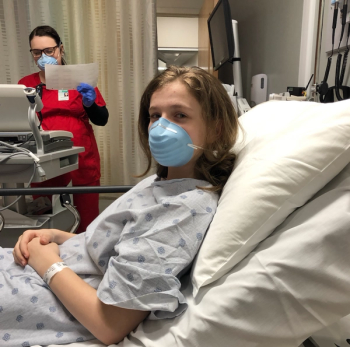
A review of approximately 1000 children with multisystem inflammatory syndrome (MIS-C) from SARS-Cov-2 finds low fatality with aggressive treatment.
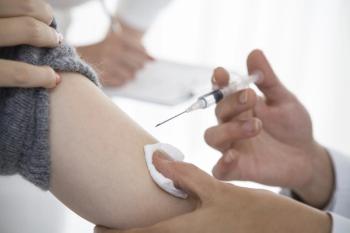
An investigational HCV vaccine induced immunologic response and was well tolerated, but did not protect against infection.

HIV-associated wasting remains common complication despite treatment with antiretroviral therapy.

An orally administered adsorbent to prevent antibiotic disruption of intestinal flora enters phase 3 trial against clostridium difficile (C diff) in patients with hematologic malignancies.
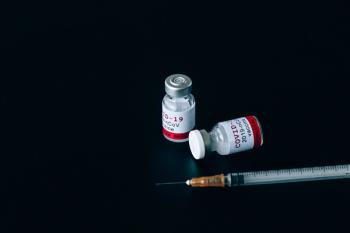
A protein subunit vaccine candidate for COVID-19 demonstrated safety and immunogenicity in a phase 1, placebo-controlled, dose escalation trial.
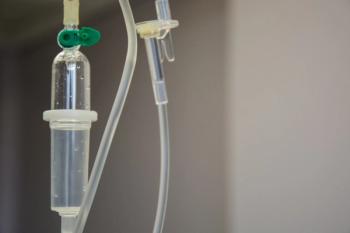
In the most recent trials of tocilizumab for COVID-19, patients with moderate illness benefited but survival rate of severely ill did not improve or worsened.

Presence of GI symptoms with COVID-19 was associated with increased likelihood of severe illness.

“Federated learning,” a new machine learning technique, could improve prediction of COVID-19 outcomes and enhance patient triage and care.
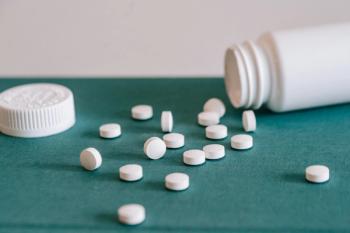
Interest and evidence for "repurposing" antiparasitic invermectin for COVID-19 is increasing.
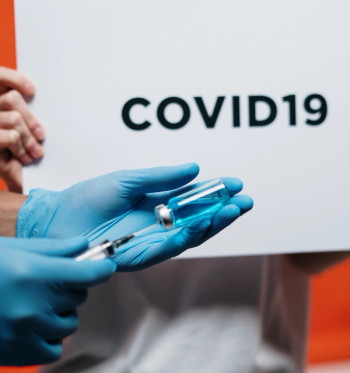
Allergists offer risk stratification approach to avoid rare allergic reaction to COVID-19 vaccines

The ADVANCE study results at 96 weeks distinguish between the long-term effects of 3 combination regimens for HIV in weight gain and bone density change.

Participants in clinical trials of long-acting injectable antiretroviral therapy for HIV describe expectations and experience with the investigational dosage form.

An investigational microbiome-based therapeutic for C difficile was found to exert continued efficacy 3 months after administration.

Antiviral therapy that suppresses HIV-1 viremia does not block release of cell-associated RNA after infection or the inflammatory response it provokes.
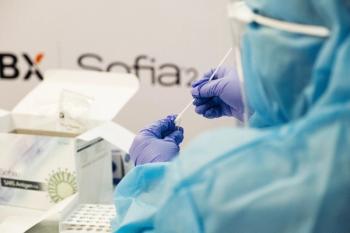
Patients testing positive for SARS-CoV-2 after recovery and negative tests are re-examined to determine if they are reinfected and/or infectious.
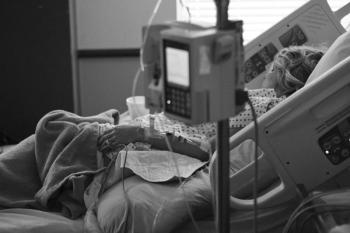
The final report of remdesivir trial supports its approved treatment for COVID-19 after preliminary findings enabled emergency use authorization.

An investigational vaccine for C difficile demonstrates multiyear efficacy in trials reported at 2020 IDWeek Conference.
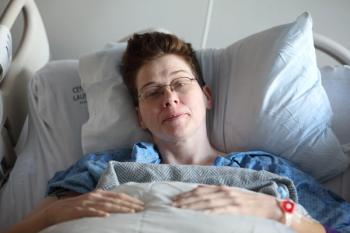
Phase 2 trial demonstrates novel investigational antifungal Fosmanogepix is tolerated and efficacious in patients with renal Insufficiency.
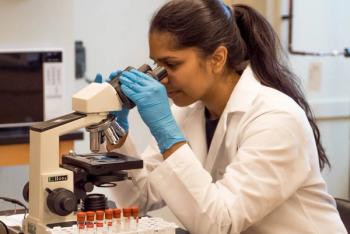
Virologists have identified a gene encoded by SARS-CoV-2 that enables it, but not SARS-CoV or Influenza A viruses, to inhibit interferon-based immune response
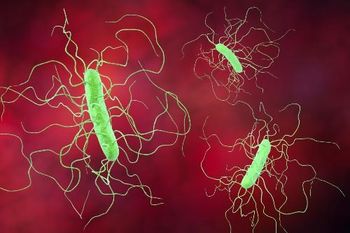
Invasive C glabrata found to be most prevalent strain of Candida in stool of patients with C difficile infection, and likely resistant to caspofungin.

An antiprotozoal used in veterinary medicine demonstrates potential for repurposing to replace metronidazole to treat Clostridioides difficile.

Influenza vaccination during COVID-19 could keep health resources from being overwhelmed and mitigate cardiovascular risks.

National Academies committee releases discussion draft on equitable allocation of vaccine against novel coronavirus for public comment.
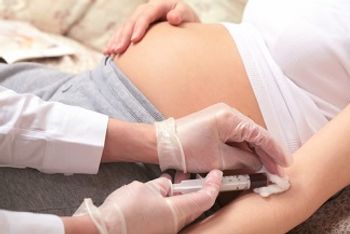
Review and meta-analysis identifies clinical manifestations, risk factors, and maternal and perinatal outcomes associated with COVID-19 in pregnancy.
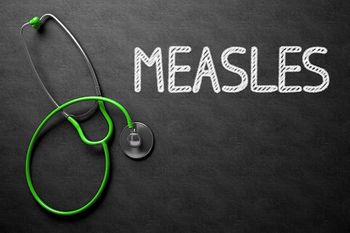
Outbreaks in countries with high vaccine uptake prompted reassessment of the immunogenicity and persistence of trivalent measles, mumps and rubella vaccine
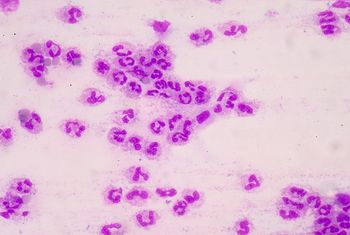
The CMS Sepsis Bundle Core Performance Measure of sepsis treatment could contribute to the overuse of broad-spectrum antibiotics

The 2-step algorithm for diagnosing Clostridioides difficile infection is difficult to interpret in patients who have cancer or are immunocompromised.

Mathematical modeling for tracing COVID-19 contacts can account for likely scenarios of inconsistent physical distancing and quarantine adherence
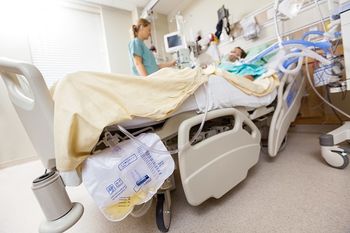
The short-lived designation of remdesivir as an Orphan Drug to treat COVID-19 exposed loophole in the Orphan Drug Act.